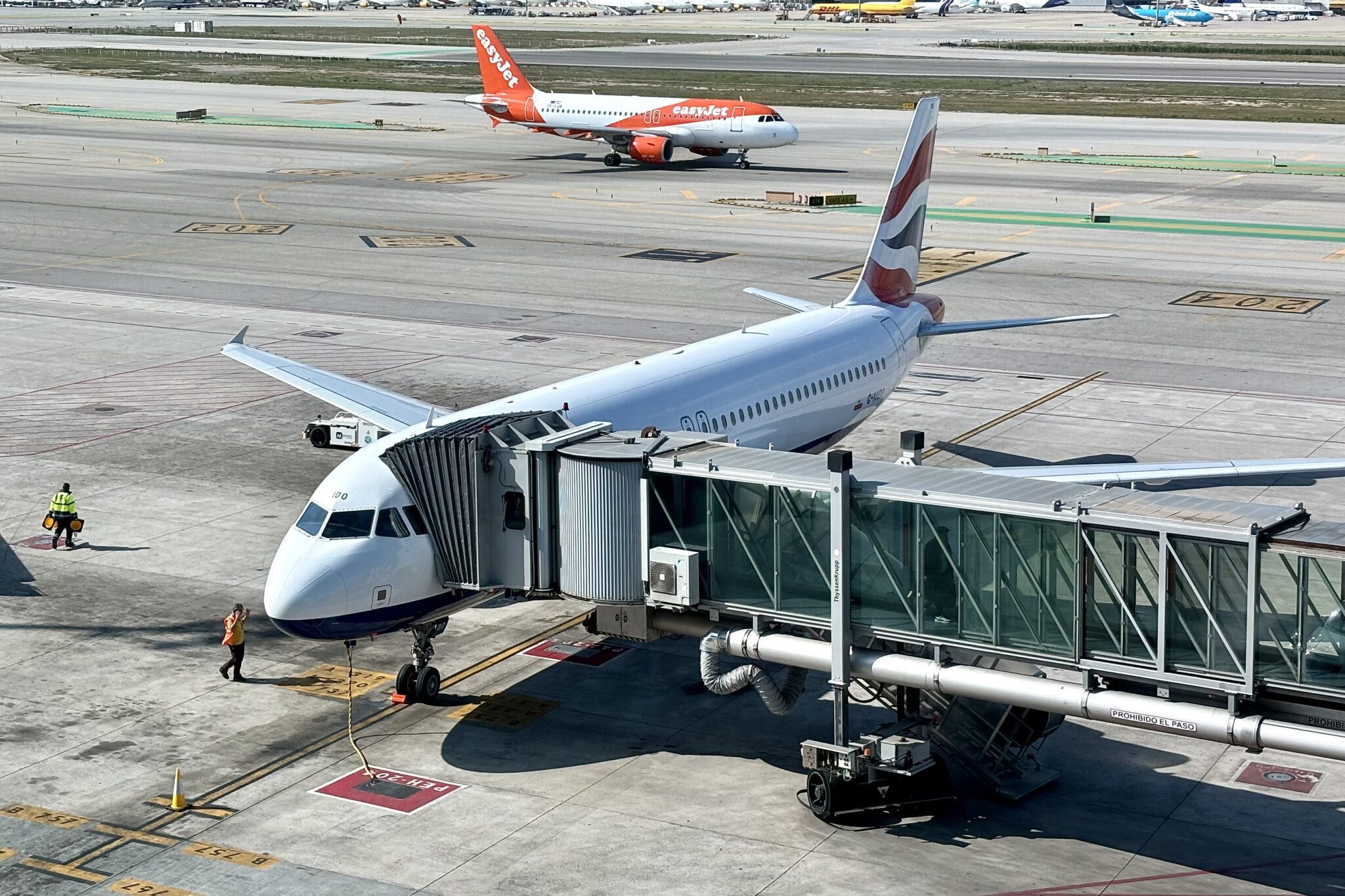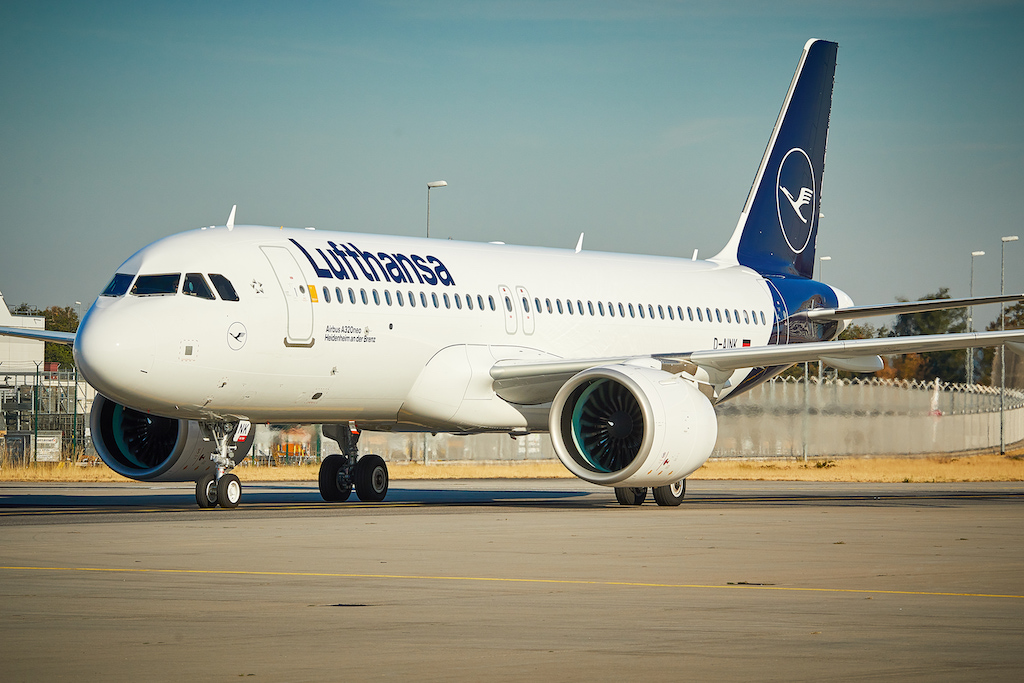How many travelers are willing to pay $100 to $150 to fly the distance between downtown and an airport, or their home suburb and an airport? United Airlines is betting millions of dollars that a lot of people will.
The Chicago-based carrier has added as many as 400 electric air taxis, known as electric vertical takeoff and landing — eVTOL — aircraft to its backlog under a new deal with Embraer-backed Eve Air Mobility that was unveiled Thursday. The commitment, which includes a conditional order for 200 aircraft plus 200 options, is in addition to United’s existing conditional order for up to 200 eVTOLs from Archer Aviation. The airline will also invest $15 million in Eve through its United Airlines Venture arm.
For the cost of an Uber Black, United Airlines Ventures President Mike Leskinen said, eVTOLs are “going to change the way we work and live and, in some cases, where we live.”
The deal is the latest in the rapidly growing urban air mobility market. Airlines from AirAsia to Gol and Virgin Atlantic Airways have put their names — if not always their wallets — behind eVTOLs from developers that include Archer and Eve, as well as Joby Aviation, Vertical Aerospace, and even Airbus.
Few, however, expect eVTOLs to come to market anytime soon. Many challenges remain, from the development of technology to regulatory approvals and the air traffic framework that will manage them. The U.S. Federal Aviation Administration has taken a slow and thorough approach to aircraft certifications since the Boeing 737 Max crashes in 2018 and 2019, and subsequent grounding, which has many doubting the optimistic entry-into-service timelines from eVTOL developers of the mid-2020s. Long term, the market is expected to grow; Morgan Stanley recently estimated that the urban air mobility market could be worth as much as $1.5 trillion by 2040.
“The more we have studied this market … the more convinced we are that this is going to revolutionize the commuter experience in densely populated urban areas,” Leskinen said. The airline, he added, aims to be at the “forefront” for this emerging sector.
Urban air mobility broadly, and eVTOLs specifically, are not a replacement for the regional jets that fly between, for example, San Francisco and Fresno. Rather, these four-seat aircraft will connect airports — like Newark Liberty in United’s case — to Manhattan, or other job or population centers within roughly 60 miles of the airport. The aim for airlines is really to expand their reach into travelers’ journeys to and from the airport as well as their flights between cities, and all while doing it nearly carbon free.
“This is decarbonizing the trip to and from the airport,” Leskinen said.
However, when asked if United was considering any investments in other airport transportation options, Leskinen simply said they had not found any relevant opportunities. Expansion of either buses or trains at U.S. airports could achieve many of the same goals as eVTOLs — cutting carbon emissions and offering travelers an alternative to sitting in traffic — with existing technology and at scale; both modes offer far higher capacities than the four passengers on each electric air taxi. And, at least for buses, services can come to market quickly and without the significant infrastructure investments.
United already partners with private bus operator Landline at its Denver hub. There, Landline operates buses as flights to Breckenridge and Fort Collins, Colo.; a service that United executives have touted as a way to “fly” places a plane cannot go at a significantly lower cost and with lower emissions. Leskinen did not mention Landline in his comments.
Lauren Riley, the chief sustainability officer at United, said ground transportation was much easier to decarbonize than planes. And while United’s efforts towards the latter does include future electric or hydrogen-powered aircraft, today the carrier is primarily focused on the development and expansion of sustainable aviation fuel, or SAF, supplies to measurably cut emissions, she added.
The Biden administration is set to implement the first U.S. SAF incentives at the beginning of next year. Part of the Inflation Reduction Act that was signed into law in August, the up to $1.75 per gallon tax credits for the sustainable fuels are expected to jumpstart the sector in the U.S. that has been talked up but languished for the better part of a decade. The EU is also on track to implement its own SAF mandates in January.
If all goes according to plan, Eve could start delivering eVTOLs to United in 2026. The carrier expects its first aircraft from Archer in 2024.





